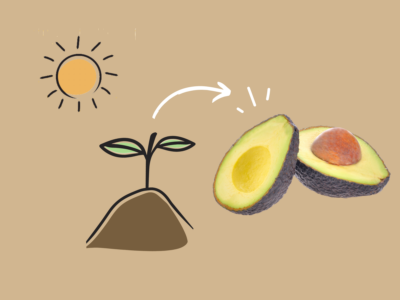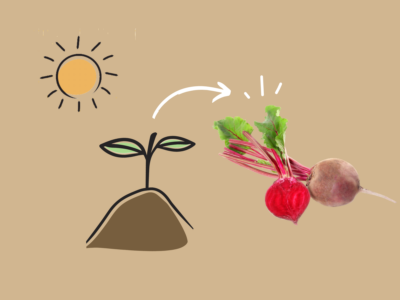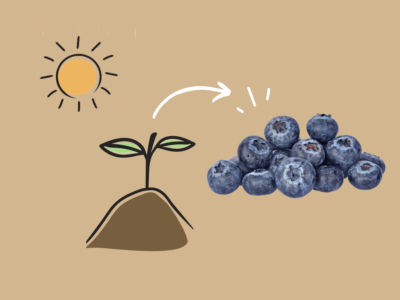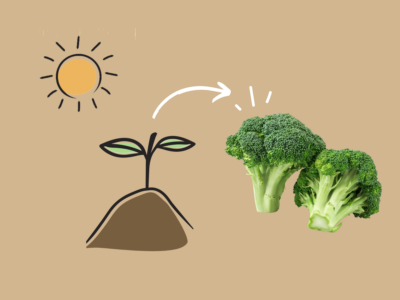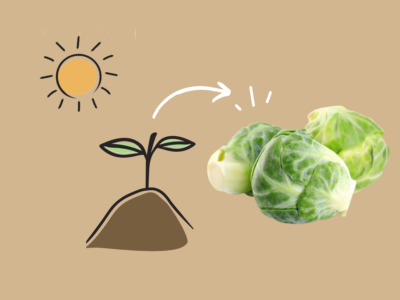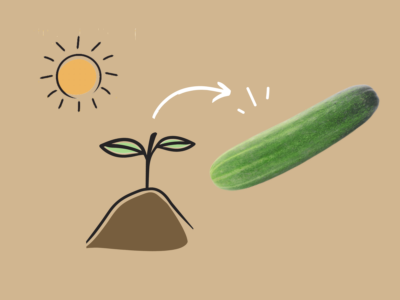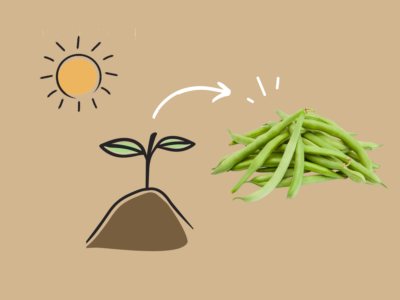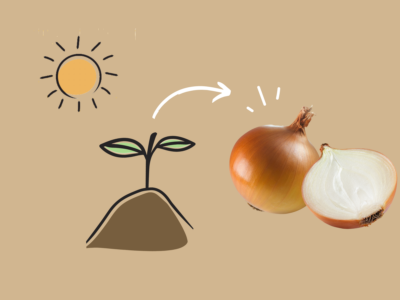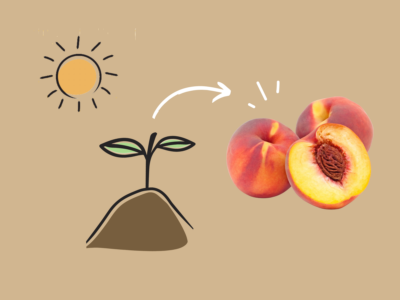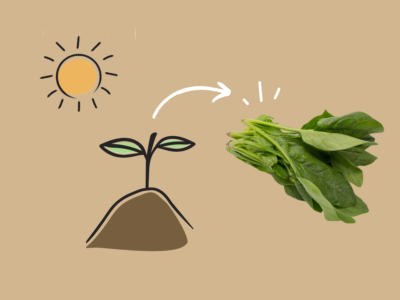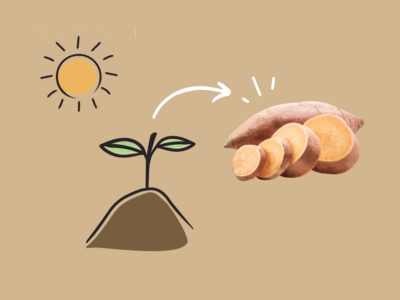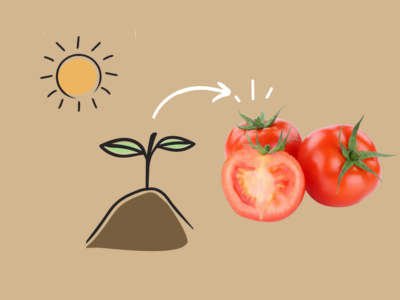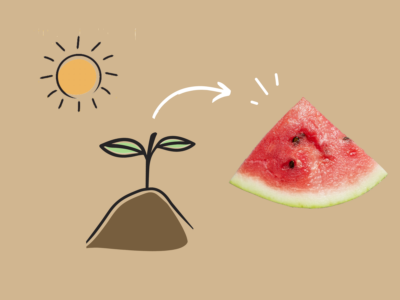Table of Contents[Hide][Show]
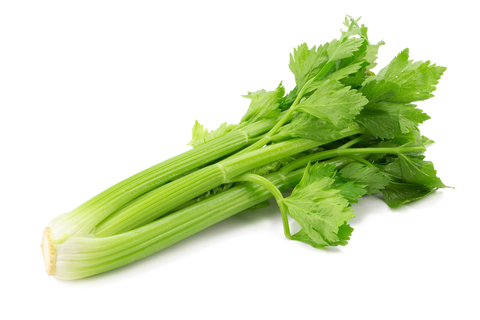
Growing your own celery can be difficult but if you’re up for the challenge, the satisfying crunch of a homegrown stalk makes this DIY project well worth the reward!
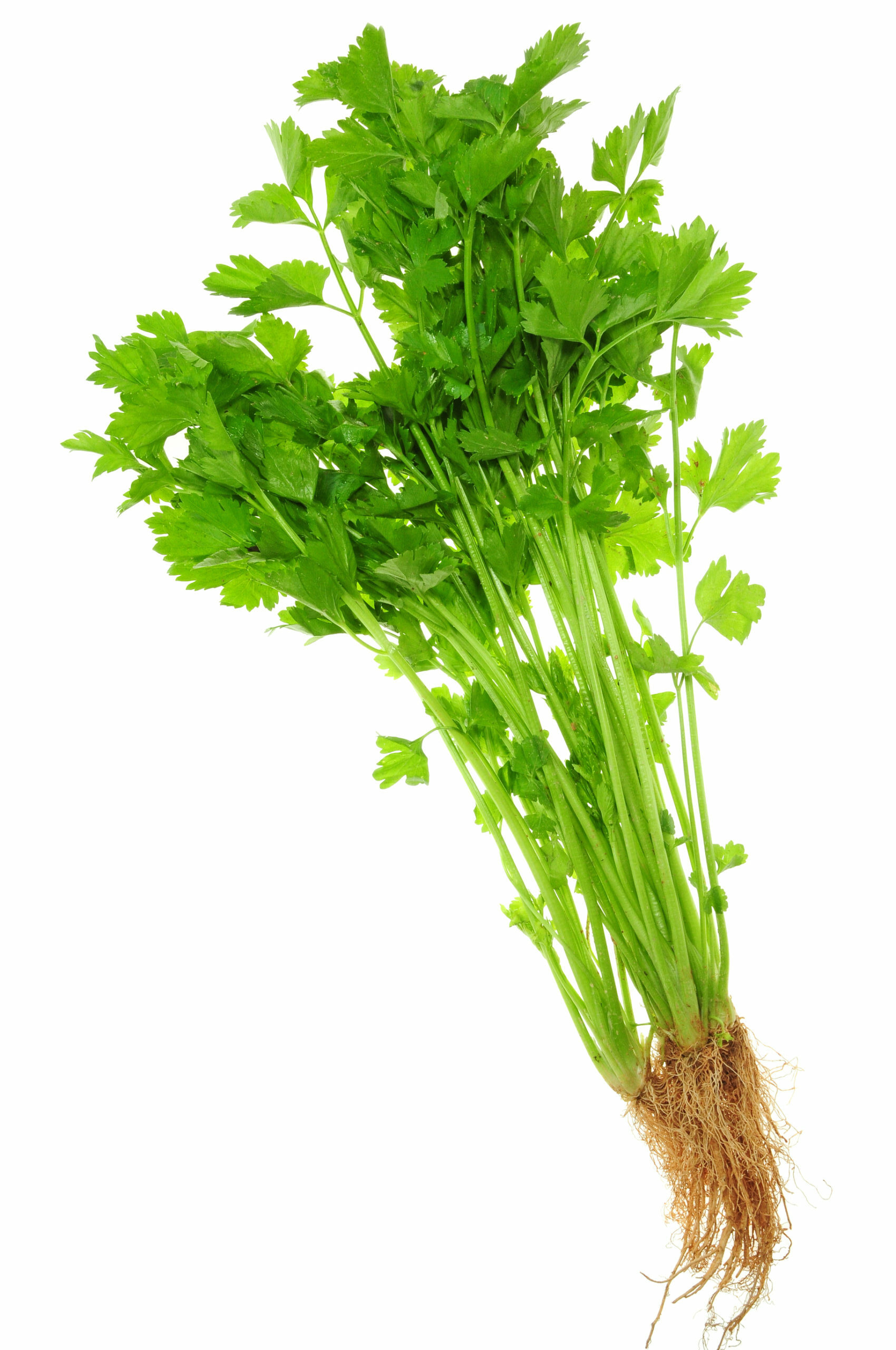
Types of Celery
The most common celery available in USA grocery stores is stalk celery, which gets its name for its thick, tough, stringy stems and minimal foliage (aka the celery stalk). Stalk celery is great for fresh dishes, like in salads where it is eaten raw. The most common stalk celery variety in the USA is Pascal.
Leaf celery, like the name suggests, has plenty of leaves and smaller, thinner stalks. It is a cultivar from East Asia that grows in marshlands. This variety has a stronger flavor, compared to other varieties, which makes it ideal for use in soups and stews.
Celery root is a lesser-known vegetable that has a starchy, potato-like texture with a mild celery flavor. Also called celeriac or turnip-rooted celery or knob celery, it is a variation of celery that is cultivated specifically for its edible roots.
Getting Started
If you live in an area with a warm spring and summer climate, plant in mid to late summer for harvest in late autumn or early winter. If you live in cool spring and summer regions, plant in early spring. If you want to grow celery plants at home you need to start celery from seed indoors since celery has a long growing season—it takes about 16 weeks before it’s ready to harvest. Start the process at least 8 to 10 weeks before the last frost date for your area. Soak seeds in warm water overnight before planting (the seeds are tiny, so handle with care!). Add to soil, about an inch apart; celery seeds like to be planted shallowly (they need direct sunlight). Cover with plastic wrap; germination will occur in 1 to 3 weeks. Ideally celery seedlings prefer temperatures of 70 to 75 ºF (21 to 24ºC) during the day and 60 to 65 ºF (15 to 18 ºC) during the night; make sure to mist regularly. When the seedlings have grown to 2 inches tall (5 cm), move them into individual pots with new potting soil. Before transplanting celery plants to your garden permanently, begin acclimatizing them to the outdoors by putting the seedlings outside for a couple of hours each day for 7 to 10 days.
Where Best to Plant
You can plant celery outside in your vegetable garden when the soil temperature is at least 50 ºF (10 ºC) and nighttime temperatures are above 40 ºF (4ºC). Choose a location that gets at least 6 hours of full sun daily but is shaded for the hottest part of the day. Celery needs compost-enriched soil (pH ~ 6.5) that is moisture retentive (you don’t want the soil to drain too quickly). To prepare the soil, add organic compost (make sure the soil is loose and well-aerated) and water thoroughly. You can try adding used coffee grounds as well, since the nitrogen will help the plants thrive. Celery needs lots of nutrients to grow well. Plants should be spaced about 12 inches apart.
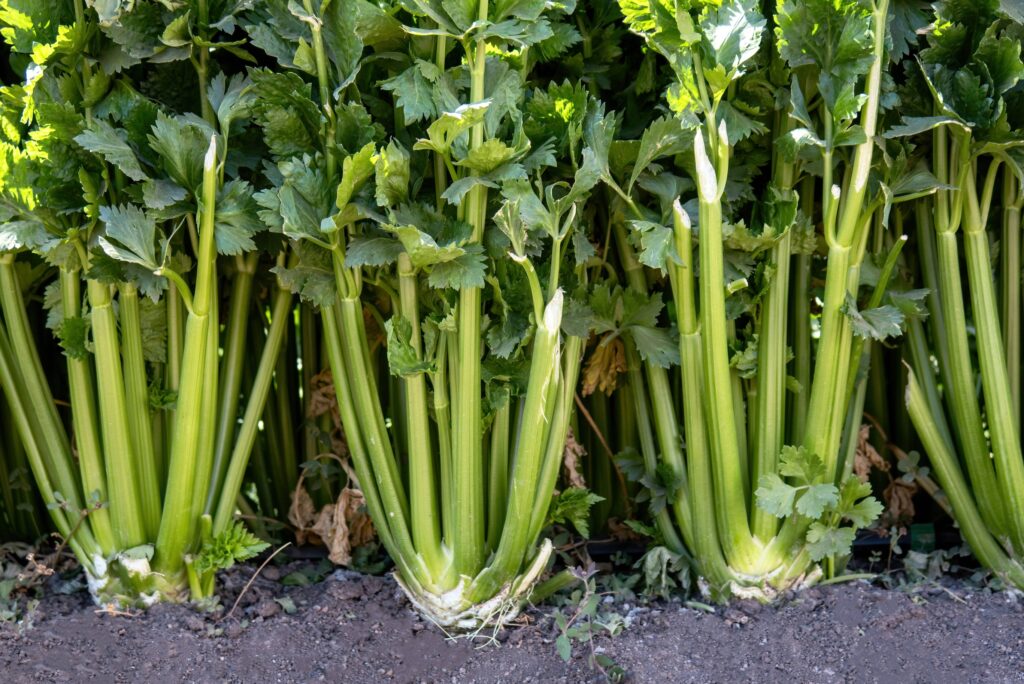
Celery needs plenty of water. Use plenty of compost and mulch around the plants to help retain moisture. Never let the ground dry out. Fertilize monthly for best growth.
In order to keep celery from getting too bitter, you can blanch the plants. That means, mound soil around the base of the plant to protect it from the sun. (This will however, result in lower nutrients in your celery). There are also self-blanching varieties that produce milder tasting veggies without needing to block out the sun with soil.
If you’re feeling adventurous, you can even try re-growing celery from the root end of a bunch (aka kitchen scraps). First, slice about 2 inches off the root end of a bunch of celery. Place the celery in a shallow bowl or jar, cut stalks facing upwards. If you want you can insert toothpicks equally spaced about 1.5 inches (4 cm) from the bottom for stability and to prevent rotting. Add water to the container so as to submerge an inch of the root end. Place the container on a sunny windowsill so that it gets several hours of light each day. Change the water every other day, making sure the celery root is always submerged. Within a few days small leaves should begin emerging from the top and after a week you may see small stalks and leaves plus tiny roots appearing around the base. Once the roots are about an inch long it is best to replant in soil, either in a pot or directly in the garden. Remember: celery does best in cool weather and rich soil.
Pests & Diseases
Celery plants can be vulnerable to a variety of pests and diseases, which can impact their growth and overall health. Common pests include aphids, celery leaf miners, flea beetles, and armyworms. Slugs and snails are also a problem, especially in damp conditions, as they chew through the leaves and stems.
Celery is susceptible to several fungal and bacterial diseases, including early blight, late blight, Fusarium yellows, bacterial leaf spot, pink rot, and celery mosaic virus. Proper spacing, good air circulation, crop rotation, and avoiding overhead watering can help reduce the risk of disease.
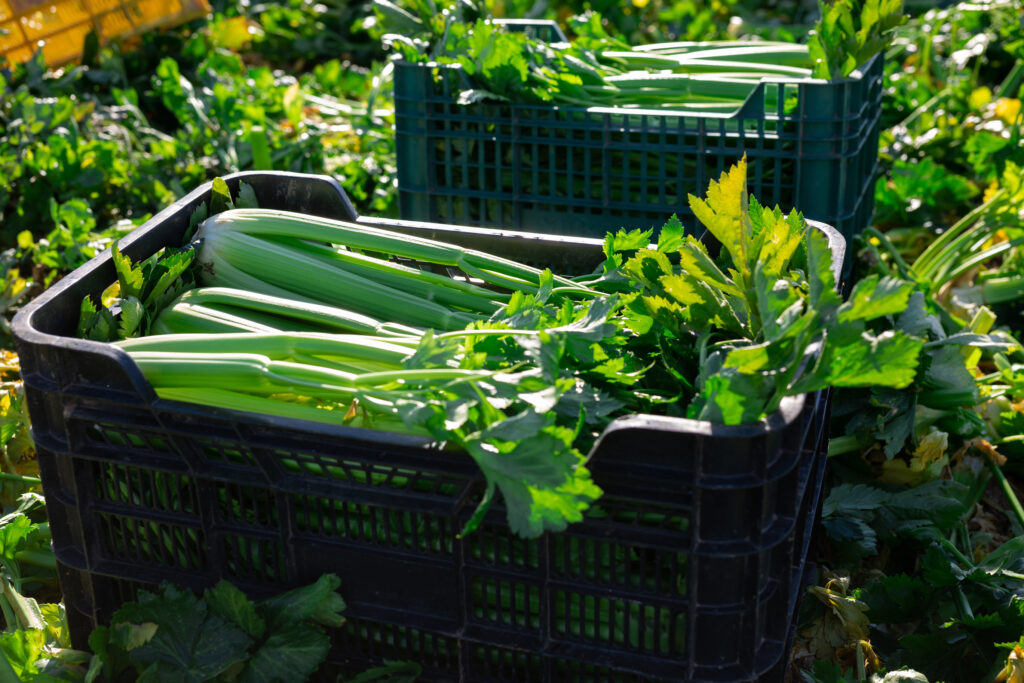
Harvest Time
Harvest celery when stalks reach at least 6 inches (15 cm) from base to the first true leaf. You can cut the whole plant or pick individual stalks to keep plants producing for longer, in that case harvest outer stalks first and work your way towards the inside.
At this point all that’s left to do is enjoy your homegrown celery in all of your favorite recipes!
Grow Your Own Garden
If you’re looking for help on how to grow other foods check out these posts!




